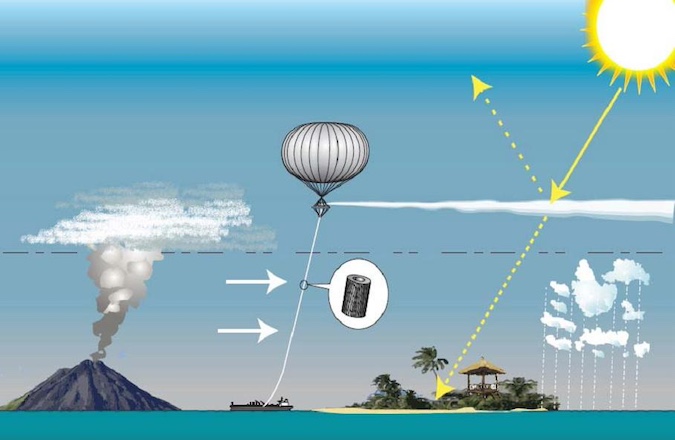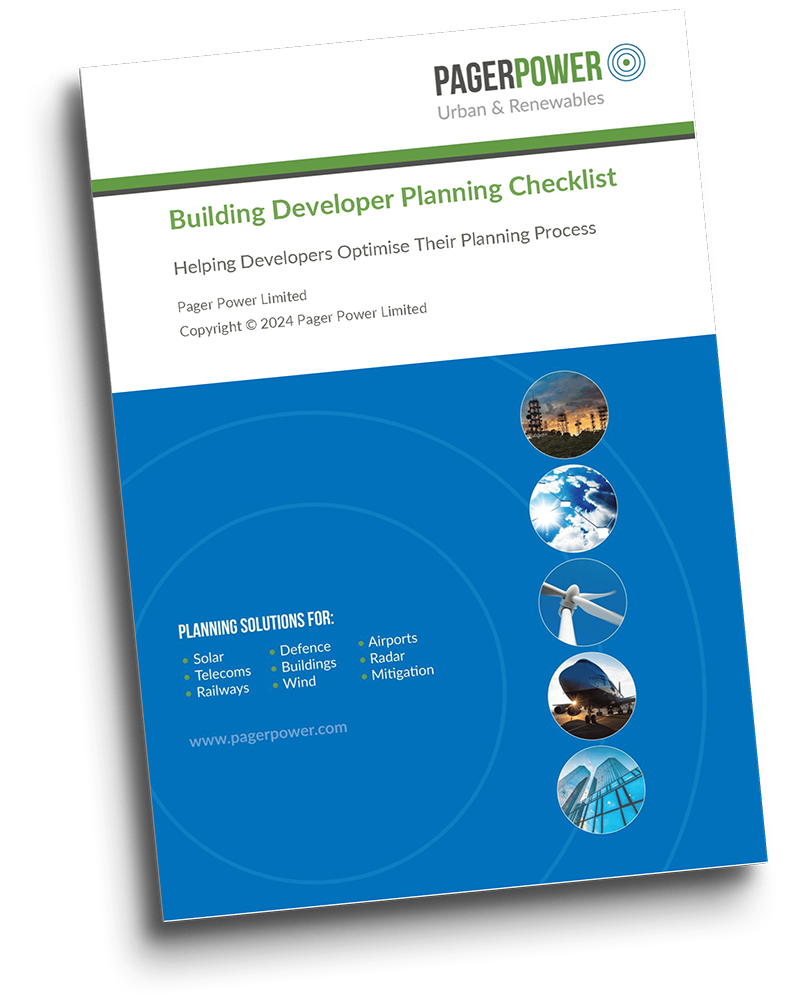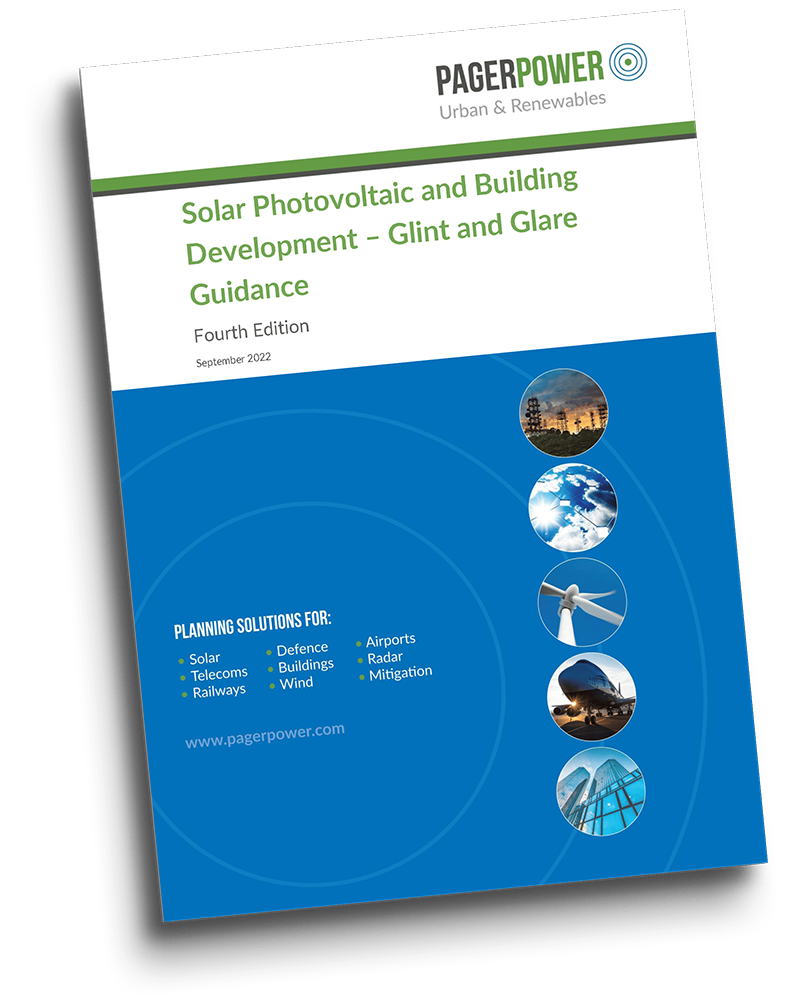Is Solar Geoengineering Saving the Planet or Destroying it Faster?

Technology has been advancing for centuries, with old problems having new solutions. We live in a world where technology is almost always the solution, we just need to work out how to utilise it.
The climate crisis has been a prominent discussion for decades, and as the years go by, we are becoming increasingly agitated to find sustainable, long-term solutions to minimise the impacts and effects. Once again, technology is at the forefront of potential remedies.
Geoengineering has been defined in a major 2009 study as the deliberate large-scale manipulation of the planetary environment to counteract anthropogenic climate change [1]. The study ‘Geoengineering the Climate: Science, Governance, and Uncertainty,’ divides geoengineering methods into two basic categories [2]:
- Carbon Dioxide Removal (CDR), which removes carbon dioxide (CO2) from the atmosphere. CDR addresses the root cause of climate change (increasing CO2 concentrations), meaning CDR is relatively low risk.
- Solar Radiation Management (SRM), which reflects a small percentage of the Sun’s light and heat back into space. SRM methods act quickly, however whilst they reduce some of the effects of climate change, there is a possibility that SRM will create other problems. SRM does not affect CO2 levels and therefore fails to address the wider effects of CO2, including ocean acidification.
Solar Geoengineering: What are the Pitfalls?
The main concern with solar geoengineering revolves around the point that solar geoengineering does not address the root cause of the climate crisis, rather masks the effects, whilst potentially introducing new risks. Geoengineering requires deployment on a massive scale, with the consequences relatively unknown. Potentially posited as a ‘quick fix,’ too much time and monetary investment in SRM could delay real solutions to the climate crisis, and our reliance on fossil fuels [3]. The United Nations Human Rights Council’s Advisory Committee has warned that geoengineering technologies could significantly infringe on human rights for millions of people [4].
Although there is a de facto global moratorium on geoengineering under the Convention on Biological Diversity, there are many experiments planned across the globe. The selling of carbon credits and offsets is often involved to reduce the recognised impact of the experiments.
Geoengineering Experiments
Many forms of geoengineering involve intentionally polluting the environment. Stratospheric aerosol injection (SAI) involves releasing sulphur compounds, known to cause acid rain and harm the ozone layer, into the upper stratosphere [5]. Ocean alkalinity enhancement involves dumping large quantities of minerals in the ocean, posing threats to marine ecosystems.
In May 2025, the UK Research and Development funding agency, the Advanced Research and Invention Agency revealed the first projects receiving funding under its £56.8 million solar engineering programme. These projects include marine cloud brightening to increase the reflectivity of clouds as a way to cool the Earth and finding natural materials for SAI [6].
The Future of Solar Geoengineering
Despite the de facto global moratorium on geoengineering, the tides might be turning in favour of geoengineering. The most recent estimates on the cost associated with climate-related extremes in the European Union amount to over €208 billion between 2021 and 2024 [7]. These costs are predicted to rise as climate-related weather events continue to become more extreme and damaging. In the future, the potential merits of a globally orchestrated SRM strategy might outweigh the risks of insufficiently mitigated climate change.
About Pager Power
Pager Power undertakes technical assessments for developers of renewable energy projects and tall buildings worldwide.
For more information about what we do, please get in touch.
References
[1] https://royalsociety.org/news-resources/publications/2009/geoengineering-climate/
[2] https://royalsociety.org/-/media/policy/publications/2009/8693.pdf.
[3] https://www.ciel.org/issue/geoengineering/#:~:text=The%20Maastricht%20Principles%20identify%20geoengineering,not%20hundreds%20of%20years%20to.[4] https://www.ciel.org/news/media-brief-geoengineering-human-rights/#Human-Rights-Advisory-Committee.[5] https://www.ciel.org/issue/geoengineering/#:~:text=The%20Maastricht%20Principles%20identify%20geoengineering,not%20hundreds%20of%20years%20to.
[6] https://www.aria.org.uk/opportunity-spaces/future-proofing-our-climate-and-weather/exploring-climate-cooling/funded-projects.[7] https://www.eea.europa.eu/en/analysis/indicators/economic-losses-from-climate-related.
Image accreditation: The SPICE project (2011) from wiki media commons. Last accessed on 17th November 2025. Available at:
https://commons.wikimedia.org/wiki/File:SPICE_SRM_overview.jpg







